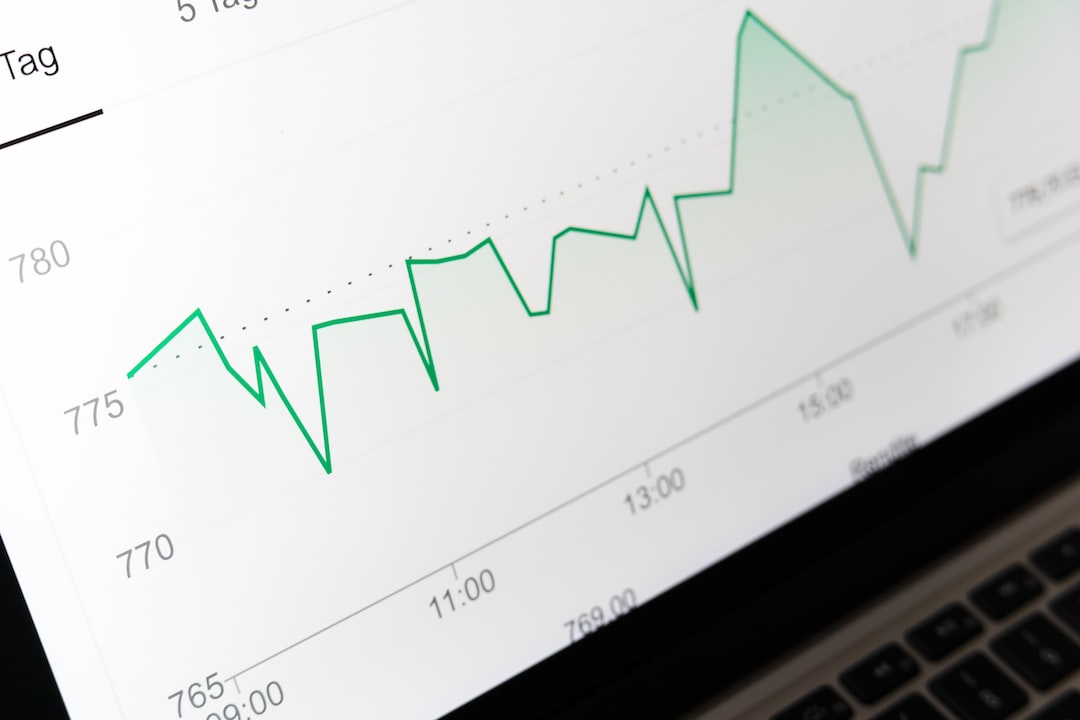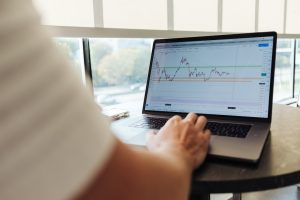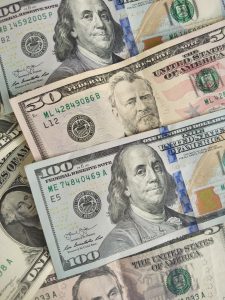The forex market is the largest and most liquid financial market in the world, with a daily turnover of over $5 trillion. It operates 24 hours a day, five days a week, across different time zones. As a result, it can be challenging to keep track of the opening and closing times of the different forex sessions, particularly for traders located in different parts of the world. In this article, we will focus on the Asian forex session and explain when it starts in the Central Time Zone.
The Asian forex session is the first major trading session that opens in the forex market after the weekend. It is also known as the Tokyo session, as it starts when the Tokyo market opens at 7:00 PM EST (Eastern Standard Time) or 6:00 PM Central Time (CT). The Tokyo market is the largest forex market in Asia and the third largest in the world, after London and New York.
The Asian forex session is characterized by low volatility and low liquidity compared to the other trading sessions. This is because the Tokyo market is the only major market open during this time, with other markets in the region such as Singapore, Hong Kong, and Sydney opening later. Moreover, many institutional investors and traders in Europe and the US are not active during this session, as it falls outside their regular trading hours.
Despite the low volatility and liquidity, the Asian forex session can present opportunities for traders who understand the market dynamics and are willing to take advantage of them. One of the most significant advantages of trading during this session is the ability to trade the Japanese yen (JPY) and other Asian currencies, such as the Chinese yuan (CNY) and the Singapore dollar (SGD). These currencies are often influenced by economic data releases and news events specific to the region, such as the Bank of Japan’s policy decisions and trade negotiations between China and the US.
To trade the Asian forex session effectively, traders need to be aware of the economic calendar and news events that could impact the markets. They also need to be familiar with the trading hours of the different forex markets in the region and adjust their trading strategies accordingly. For instance, traders may adopt a range trading strategy, which involves identifying key support and resistance levels and trading within those boundaries, given the low volatility during this session.
Another strategy that traders could use during the Asian forex session is the carry trade strategy. This strategy involves borrowing funds in a low-interest currency and investing them in a high-interest currency to earn the interest rate differential. The Japanese yen, for instance, is a popular funding currency for carry trades due to its low-interest rates. Traders could borrow yen and invest in higher-yielding currencies such as the Australian dollar (AUD) or New Zealand dollar (NZD).
In conclusion, the Asian forex session starts at 7:00 PM EST (6:00 PM CT) when the Tokyo market opens. Although it is characterized by low volatility and liquidity, it presents opportunities for traders who understand the market dynamics and are willing to adjust their trading strategies accordingly. Traders should be aware of the economic calendar and news events that could impact the markets and consider using strategies such as range trading and carry trades to take advantage of the market conditions.





